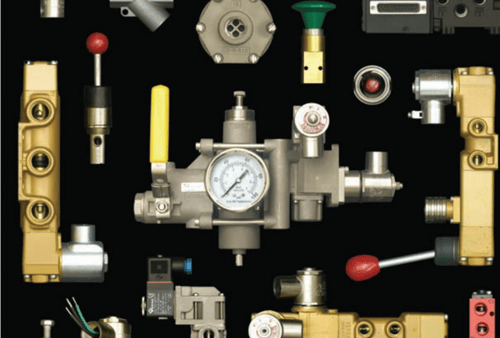In the world of valve applications, asking the right questions is critical to determining which valve is the best fit for your application. The applications Versa valves are used in range from medical equipment to off-road vehicles to offshore platforms. All of these applications have one important thing in common – when called on to work, they must operate without fail. Product selection in these applications has a tremendous impact on cost, productivity, and safety.
At Versa Products, our technical team focuses on helping engineers select the exact valve to meet their specific requirements by asking the right questions and standardizing the terminology we use to determine the attributes of every application. Let’s review some of the critical attributes we cover with customers to develop the right valve for the application.

Media
The media refers to the fluid running through the Versa valve, which could be any of the following:
- Air
- Oil
- Natural gas
- Inert gas
- Water
Environment
The environmental factors that need to be considered include the following:
- Material of construction (brass/stainless steel/aluminum)
- Seal compound Buna N/FKM/EP
- Indoor or outdoor location
- Ambient/maximum temperatures
Operating Pressures
We need to know the minimum and maximum operating pressures for the application.
Flow
The amount of flow is determined by the differential pressure (Delta P) between ports. One crucial piece of data we need is the CV factor, which is the term used for expressing flow through the valve.
Sizing Cylinders
It is important to choose the right cylinder size. In many instances, a smaller Versa valve can provide the same flow as a larger valve from a competitor. Versa is excellent at providing valves with superior flow in a smaller envelope size, which can reduce costs and application size. To choose the right valve size, we need to know certain factors including:
- Cylinder bore
- Stroke
- Extension time
Port Size
The size of the ports is typically measured as National Pipe Tapered (NPT) thread or BSPP or BSPT (G threads). Our customers need our products to work with their equipment, so we need to know the port size – which can range from 1/8” – 1 ¼”.
Function
Different valves have different lives out in the field. Some of the specifications we need to know include:
- Is the application a 2-way/3-way/4-way/selector/divertor?
- Will the valve normally be open, closed, or in two or three positions?
Actuating Devices
The actuating devices are used to shift the valve. Valves work in pre-existing systems. We ask our customers to educate us about their needs for:
- Manual, mechanical, pilot, electric
- Voltage (if necessary) AC/DC
- Power
Accessories/Options
Accessories and options include any additional options required to enhance the operation of the valve. Since our customers have diverse needs, we typically ask about other options not covered above, such as the need for manual overrides, dust protection, or junction boxes.
Fully understanding and communicating the specific names, definitions, and uses of our products plays an extraordinary role in our customers choosing the correct Versa valve. Our employees know their products, and they want to be sure you know them too! This includes the life of the product or system, but that’s not all. We need to assure our customers that these products can be relied on to do the work they were designed to do.
Wherever Versa valves are used—whether in medical trades, transportation, or the petroleum industry—we want them to work. And communicating our products' functions, specifications, and applications is as important as building them right.
Contact our technical team to discuss the specifics of your application and we’ll help find the exact right valve for you.


